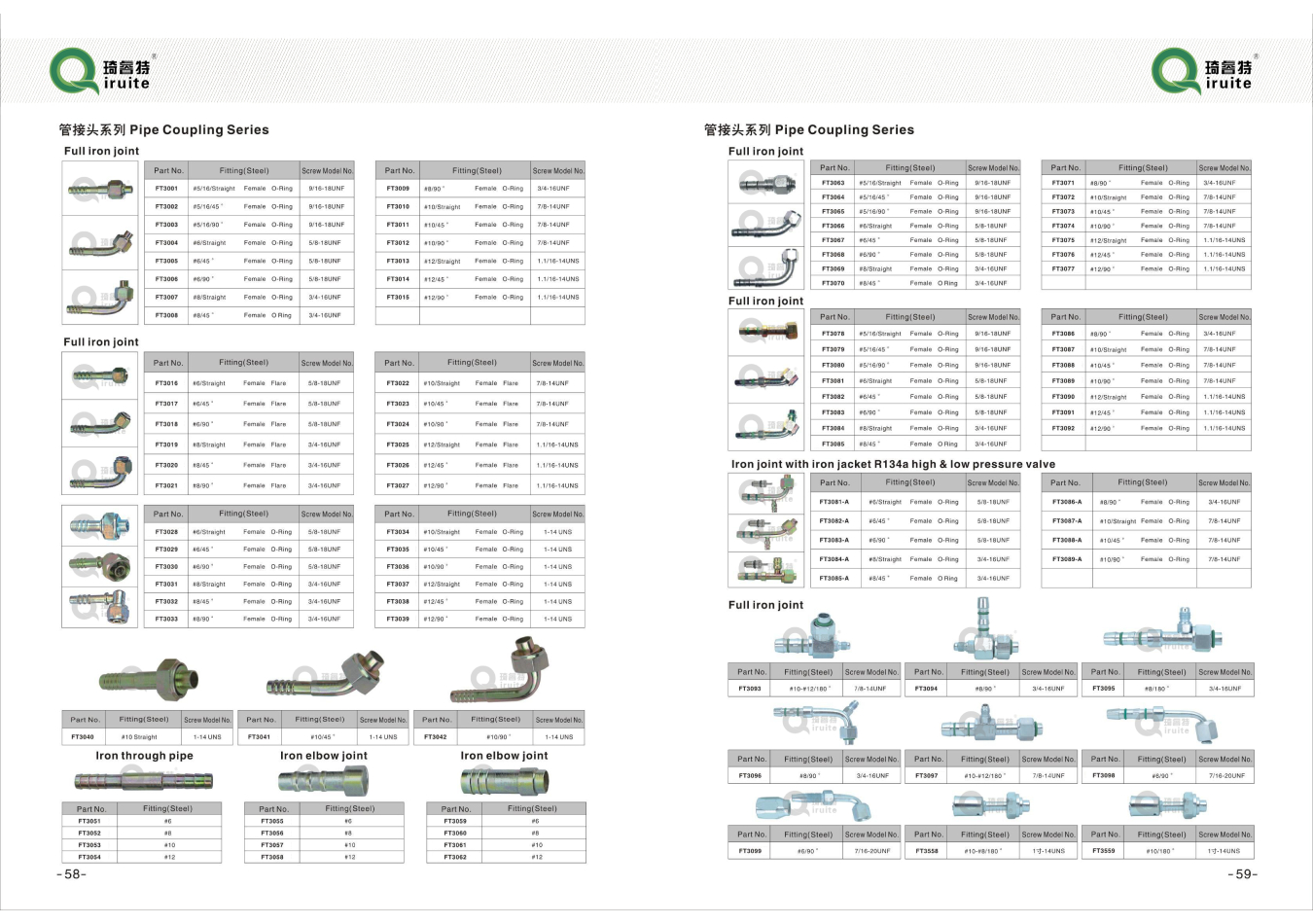110mm soil pipe coupler
Understanding the 110mm Soil Pipe Coupler A Key Component in Drainage Systems
When it comes to plumbing and drainage systems, the selection of the right components is crucial for ensuring efficiency and longevity. Among these components, the 110mm soil pipe coupler plays a significant role in connecting various sections of soil pipes, which are essential for transporting waste and drainage water from residential and commercial properties.
What is a 110mm Soil Pipe Coupler?
A 110mm soil pipe coupler is a specialized fitting designed to connect two lengths of 110mm soil pipes. Soil pipes are typically used in waste and drainage systems to carry sewage and other waste materials. The coupler acts as a seamless connector, ensuring that the flow of waste is uninterrupted and that the entire system functions effectively. They are usually made from robust materials such as PVC or polypropylene, which are resistant to corrosion and can handle the harsh conditions present in waste systems.
Importance of Soil Pipe Couplers
The primary function of soil pipe couplers is to prevent leaks and maintain a secure connection between pipes. This is crucial for avoiding potential blockages or backflow, which can cause significant health hazards and costly repairs. The integrity of the entire drainage system relies heavily on the quality of couplers used. A properly installed coupler ensures that the strength and rigidity of the system are maintained, allowing for safe transportation of waste materials without compromising the environment.
Additionally, soil pipe couplers contribute to the overall efficiency of drainage systems by facilitating easy access for maintenance and repairs. Their design allows for quick assembly and disassembly, making it easier for plumbers to address potential issues without extensive labor or destruction of existing infrastructure. This efficiency translates into lower maintenance costs and reduced downtime for any plumbing necessities.
Installation Considerations
110mm soil pipe coupler

When installing a 110mm soil pipe coupler, several factors should be taken into account to ensure proper functionality. Firstly, it’s essential to check that the pipes being joined are of the same diameter and compatible materials. The installation area must be free from any debris, and the ends of the pipes should be clean and free from cracks or damage.
The coupler should be pushed onto the ends of the pipes until they are fully seated. Some couplers may also require the use of solvent cement for a watertight seal. It’s also advisable to follow local plumbing codes and regulations to ensure that installations meet safety standards.
Benefits of Using 110mm Soil Pipe Couplers
One of the key benefits of using 110mm soil pipe couplers is their compatibility with a range of soil pipe systems. Their standard size means that they can be easily integrated into existing setups, providing plumbing professionals with a versatile solution for a variety of projects. Moreover, the materials used in these couplers are designed to withstand high pressures and temperature variations, adding to their durability.
Furthermore, 110mm soil pipe couplers are usually lightweight, which simplifies transportation and handling during installation. Their robust design also allows them to function well in diverse environments, whether in residential, commercial, or industrial applications.
Conclusion
In summary, the 110mm soil pipe coupler is an essential component of effective and reliable drainage systems. Its role in maintaining strong connections between soil pipes cannot be overstated, as it ensures that waste is transported safely and efficiently. Whether you are a plumber, contractor, or DIY enthusiast, understanding the importance of high-quality couplers and proper installation techniques will contribute to the longevity and effectiveness of your plumbing systems. As technology evolves, so will the designs and materials used in these couplers, further enhancing their performance and reliability in the field.
-
Ultimate Spiral Protection for Hoses & CablesNewsJun.26,2025
-
The Ultimate Quick-Connect Solutions for Every NeedNewsJun.26,2025
-
SAE J1401 Brake Hose: Reliable Choice for Safe BrakingNewsJun.26,2025
-
Reliable J2064 A/C Hoses for Real-World Cooling NeedsNewsJun.26,2025
-
Heavy-Duty Sewer Jetting Hoses Built to LastNewsJun.26,2025
-
Fix Power Steering Tube Leaks Fast – Durable & Affordable SolutionNewsJun.26,2025

